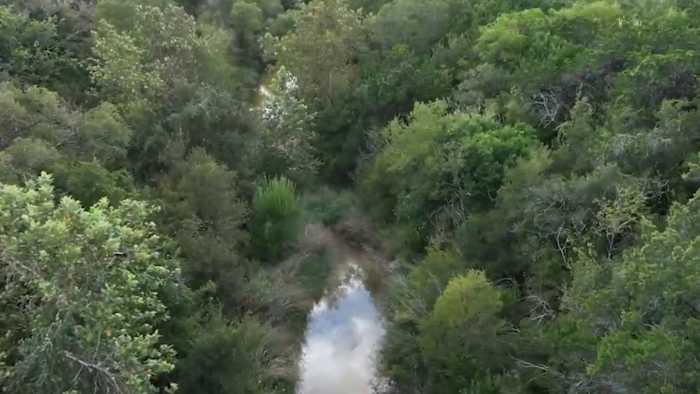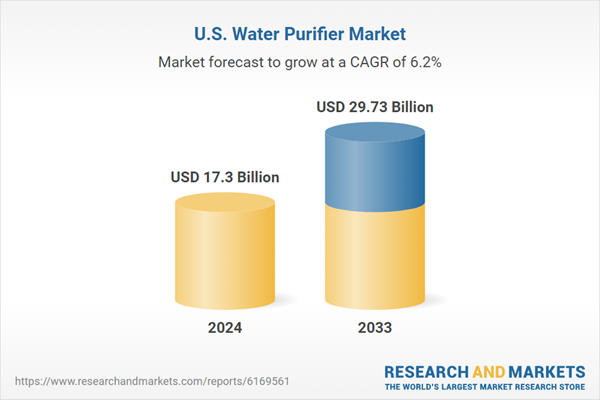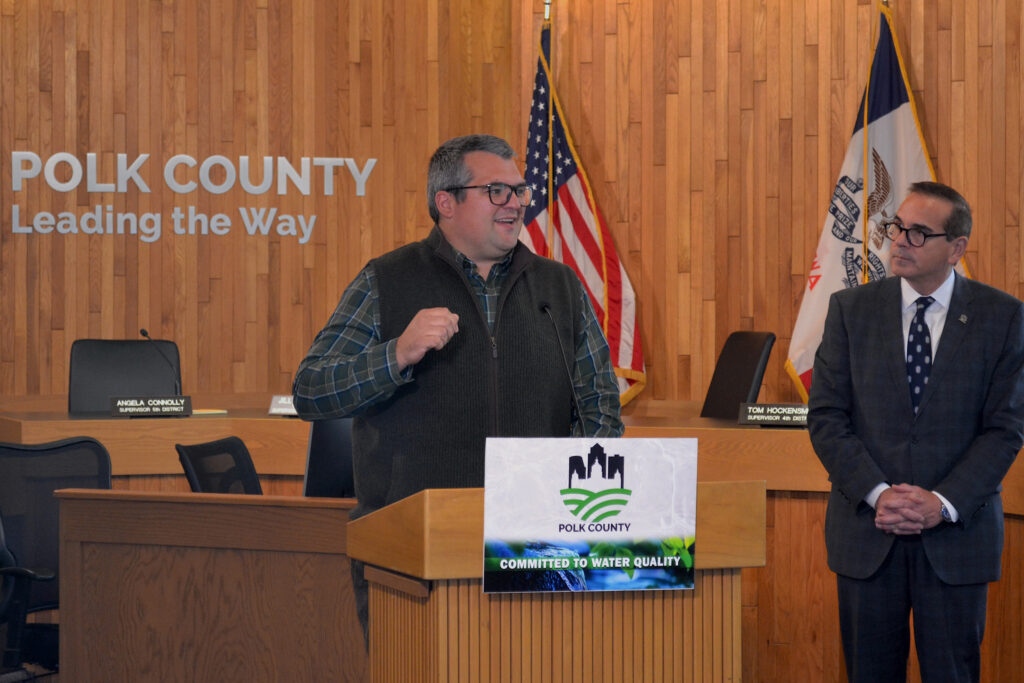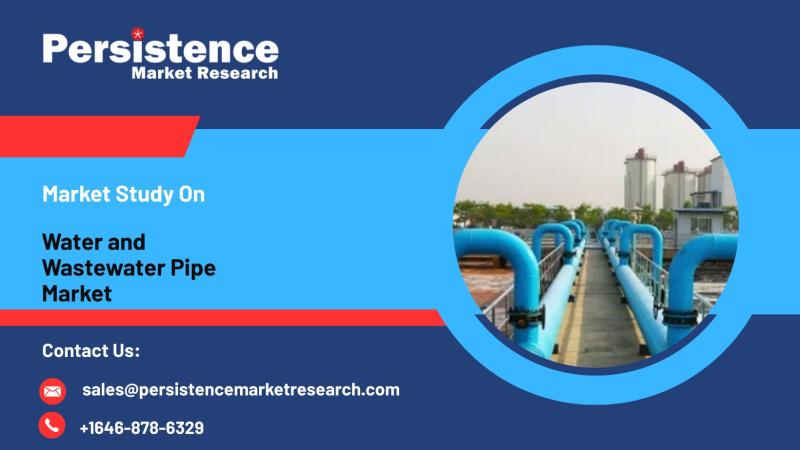Report on Guajolote Ranch Development and Sustainable Water Management
Project Background and Regulatory Approval
The Texas Commission on Environmental Quality (TCEQ) has approved a permit for a wastewater treatment facility for the Guajolote Ranch development in northwest Bexar County. The project, led by Florida-based developer Lennar Homes, involves the construction of approximately 3,000 homes on an 1,100-acre site. The approval has raised significant concerns regarding the protection of local water resources, bringing the principles of the United Nations Sustainable Development Goals (SDGs) into sharp focus.
Alignment with Sustainable Development Goals (SDGs)
The development and its associated infrastructure directly intersect with several key SDGs. The primary challenge is balancing urban expansion with environmental stewardship, a core tenet of sustainable development.
- SDG 6: Clean Water and Sanitation: The central issue is the potential impact of the wastewater treatment plant’s discharge on the Trinity and Edwards aquifers, which are vital water sources for San Antonio. Ensuring the safety and quality of this water supply is paramount to achieving Target 6.3, which aims to improve water quality by reducing pollution.
- SDG 11: Sustainable Cities and Communities: The creation of a large new housing development necessitates sustainable planning and resilient infrastructure. The wastewater management plan is a critical component of making this new community sustainable and minimizing its environmental footprint, in line with Target 11.6.
- SDG 15: Life on Land: The aquifers are critical freshwater ecosystems. Protecting them from contamination is essential for upholding Target 15.1, which calls for the conservation and sustainable use of terrestrial and inland freshwater ecosystems.
Mitigation Measures and Strategic Partnerships
In response to these concerns, the San Antonio Water System (SAWS) has engaged with the developer to establish a framework that protects the region’s water supply. This collaborative approach reflects the spirit of SDG 17: Partnerships for the Goals, demonstrating how public utilities and private entities can work together to achieve sustainable outcomes. According to SAWS President and CEO Robert Puente, a contractual agreement was reached to minimize any potential contamination of the aquifer.
Technical Safeguards for Water Quality
To ensure the project adheres to stringent environmental standards and supports SDG 6, SAWS has mandated specific advanced treatment protocols for the wastewater facility. These measures are designed to produce a high-quality effluent that does not pose a threat to the water supply.
- Increased Filtration: The sewage entering the plant must undergo an advanced filtration process before it is discharged, significantly improving the quality of the treated water.
- Enhanced Nutrient Removal: The facility is required to implement a heightened process for removing nutrients from the sewage, preventing potential ecological imbalances in the receiving environment.
- On-Site Water Reuse: The agreement stipulates that the treated water must be used on-site for purposes such as irrigation whenever possible, promoting a circular economy approach to water management and reducing the overall discharge volume.
Conclusion and Outlook
SAWS leadership has expressed confidence that the mandated safeguards will effectively protect the quality of San Antonio’s water. While not officially endorsing the development, SAWS maintains that its intervention has secured concessions that align the project more closely with the principles of sustainable water management. Through rigorous monthly laboratory testing and the enforcement of these contractual obligations, SAWS aims to ensure that the development proceeds without compromising the community’s access to clean and safe water, thereby upholding the objectives of SDG 6 and contributing to the creation of a more sustainable community under SDG 11.
1. Which SDGs are addressed or connected to the issues highlighted in the article?
The article discusses issues related to urban development, wastewater management, and the protection of water resources, which directly connect to the following Sustainable Development Goals (SDGs):
-
SDG 6: Clean Water and Sanitation
This is the most prominent SDG in the article. The entire discussion revolves around the potential impact of a new housing development’s wastewater on San Antonio’s primary water sources, the Trinity and Edwards aquifers. The approval of a wastewater treatment plant permit and the measures imposed by the San Antonio Water System (SAWS) to ensure water quality are central themes, directly aligning with the goal of ensuring the availability and sustainable management of water and sanitation for all.
-
SDG 11: Sustainable Cities and Communities
The article focuses on a new development of “approximately 3,000 homes on 1,100 acres,” which is a significant urban expansion. The controversy and negotiations surrounding the project’s environmental impact, particularly its waste management system (the wastewater treatment plant), are directly related to making cities and human settlements inclusive, safe, resilient, and sustainable.
-
SDG 15: Life on Land
This goal aims to protect, restore, and promote the sustainable use of terrestrial ecosystems. The article’s focus on protecting the Edwards and Trinity aquifers from contamination is relevant to Target 15.1, which includes the conservation and sustainable use of freshwater ecosystems. The aquifers are critical components of the local terrestrial and freshwater ecosystem, and preventing their pollution from wastewater discharge is a key concern.
2. What specific targets under those SDGs can be identified based on the article’s content?
Based on the article, the following specific SDG targets can be identified:
-
Target 6.3: Improve water quality by reducing pollution
The article is centered on this target. The concerns of neighbors are about the pollution of aquifers from the wastewater treatment plant. The measures SAWS contractually obligated the developer to implement, such as “increased filtration,” “heightened way to remove those nutrients,” and using treated water “on-site as much as possible,” are direct actions to reduce pollution and improve water quality before any discharge occurs.
-
Target 6.1: Achieve access to safe and affordable drinking water
The efforts by SAWS are aimed at protecting the city’s water supply to ensure residents continue to have safe drinking water. The statement by SAWS President Robert Puente that the development “will not cause our community to have a lower quality water” and that they have “protected the aquifer” directly supports the goal of maintaining access to safe drinking water for the population of San Antonio.
-
Target 11.6: Reduce the adverse environmental impact of cities
The article addresses the environmental impact of a new urban development. The entire debate over the wastewater treatment plant is an effort to manage the waste generated by the new community of 3,000 homes. The permit approval by the Texas Commission on Environmental Quality (TCEQ) and the additional requirements from SAWS are mechanisms to reduce the adverse environmental impact of this urban expansion, specifically concerning municipal wastewater management.
3. Are there any indicators mentioned or implied in the article that can be used to measure progress towards the identified targets?
Yes, the article mentions or implies several indicators that can be used to measure progress:
-
Indicator for Target 6.3 (Implied): Proportion of wastewater safely treated (Indicator 6.3.1)
The article’s focus on the wastewater treatment plant and the specific treatment requirements—”increased filtration” and “nutrient removal”—directly relates to this indicator. The approval of the permit by the TCEQ, which concluded the plant “meets all applicable requirements,” is a formal measure indicating that the wastewater from the 3,000 homes will be safely treated.
-
Indicator for Target 6.3 (Implied): Ambient water quality in water bodies (Indicator 6.3.2)
The article implies this indicator through the actions taken to monitor and protect the aquifers. Puente’s statement that “hundreds of laboratory tests are conducted every month to ensure the water delivered is ‘of the highest quality possible’” is a direct reference to the ongoing measurement of water quality. These tests serve as a practical application of this indicator to ensure the aquifer is not being negatively impacted.
-
Indicator for Target 6.1 (Implied): Proportion of population using safely managed drinking water services (Indicator 6.1.1)
While the article does not provide a percentage, the entire purpose of SAWS’s intervention is to ensure the continuity of safely managed drinking water for San Antonio’s population. The assurance that SAWS has “minimized any contamination to the aquifer” and that the water quality will not be lowered implies that the goal is to maintain a 100% proportion of the population served by SAWS receiving safely managed water.
4. Create a table with three columns titled ‘SDGs, Targets and Indicators” to present the findings from analyzing the article.
| SDGs | Targets | Indicators (Mentioned or Implied in the Article) |
|---|---|---|
| SDG 6: Clean Water and Sanitation | Target 6.3: By 2030, improve water quality by reducing pollution, eliminating dumping and minimizing release of hazardous chemicals and materials, halving the proportion of untreated wastewater and substantially increasing recycling and safe reuse globally. |
|
| SDG 6: Clean Water and Sanitation | Target 6.1: By 2030, achieve universal and equitable access to safe and affordable drinking water for all. | Proportion of population using safely managed drinking water services (Implied): SAWS’s actions aim to protect the aquifer to ensure the entire community continues to receive water of the “highest quality possible.” |
| SDG 11: Sustainable Cities and Communities | Target 11.6: By 2030, reduce the adverse per capita environmental impact of cities, including by paying special attention to air quality and municipal and other waste management. | Management of municipal wastewater (Implied): The core issue is managing the wastewater from a new development of “approximately 3,000 homes” to prevent environmental harm to the city’s water source. |
| SDG 15: Life on Land | Target 15.1: By 2020, ensure the conservation, restoration and sustainable use of terrestrial and inland freshwater ecosystems and their services, in particular forests, wetlands, mountains and drylands, in line with obligations under international agreements. | Protection of freshwater ecosystems (Implied): The efforts to prevent contamination of the Trinity and Edwards aquifers represent actions to conserve and protect a critical inland freshwater ecosystem. |
Source: ksat.com







